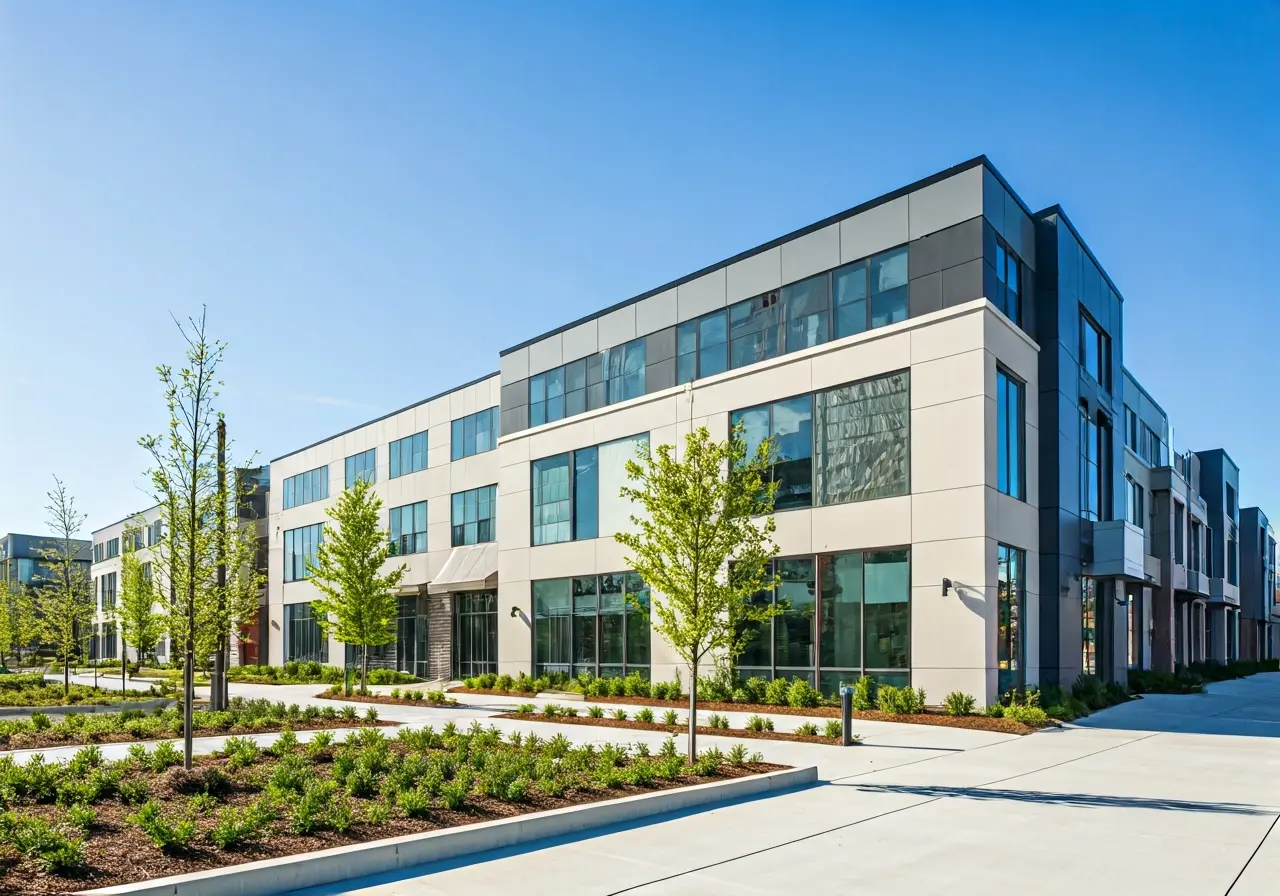THE CHANGING OFFICE LANDSCAPE SERIES CONTINUED FROM APRIL
From COVID-19’s many restrictions came more options for office employees, including working remotely.
“You can do anything you set your mind to” was the common spiel used by parents to inspire and motivate the next generation of aspiring professionals. The unsaid part was that their adult children most likely had to endure the “rat race” of long commutes, stuffy offices, hurried lunch hours and more. Since the start of the pandemic, that can-do-anything sense of professional possibility has a whole new meaning, as employees realized they can work from anywhere without those routine workday woes.
The debate about the best way for companies to manage their workforces and the balance between working from homes and offices has heated up, asserted Bisnow. A survey of 30,000 U.S. workers led to the estimate that the amount of work from home will rise from about 5 percent pre-pandemic to about 20 percent after. Interestingly, the three researchers, one of whom noted that the change will come primarily via a hybrid working model, predict this will result in a 4.6 percent boost in productivity for the economy due to workers spending approximately 435 million fewer hours commuting each month, with about a third of that savings shifting to work time.
According to a JLL study, 72% of people want to work from home from time to time, up 34 percentage points since pre-COVID. Sixty-six percent of the 2,000 office workers surveyed want to be able to alternate between different places of work, and 40% would like to be able to work from a third-party location such as a coffee shop or coworking space. As the global commercial real estate services company concluded, “hybrid work is the new normal, but it is a multi-faceted reality.”
We preached before in this space about the importance of in-office, face-to-face connection, which facilitates infinitee’s personal touch borne of the company’s commitment to teamwork, personal engagement and customer service. But there’s another type of connection with remote work: it has altered the competitive environment, shifting employment opportunities from local to global (see working from anywhere), according to Colliers Workplace Advisory. That, in turn, puts more pressure on employers to get their return to the office approach right with talent retention and acquisition at stake.
Smart companies not only know the employee work preferences from the JLL study, they also grasp the greater HR implications to business as a whole. The new workplace dynamics are being reflected in tenants starting to demand more flex and coworking spaces in their office leases.
“Most people who are coming into the office are coming in for a meeting for one to two hours,” the principal of an architectural firm told Bisnow’s Jarred Schenke. "They don't want to have to go back to their office on the 15th floor to get that heads-down time that they had when they were at their home previously.”
The American workplace has shifted from the limits of 2020 toward more limitless possibilities, a mentality we embrace. With the major employer emphasis on wellness, the increased convenience and choices for employees, and, of course, the comfort of home, it’s definitely labor’s day.
Adaptability has always been an important business quality to have and one that was really put to the test in 2020,” said Vince Vitti, infinitee’s Vice President of Business Development. “With one eye on the ever-changing global labor market and the other on their workers’ needs, smart employers will move forward with an office strategy based on flexibility.

.jpg)
